I wish to convert many variables from long to wide in R. I have clustered data with family as a cluster, and in each family individuals. For each individual several measured variables, each measured more than once. In the example below, you can see two variables x and y, each measured twice.
I know how to do this for one variable, using the reshape2 package and the dcast function, but it doesn't work for more than one.
I am attaching a picture of example data and the code that generated it.
family = c(1,1,1,2,2,2,3,3,3,1,1,1,2,2,2,3,3,3)
id = c(1,2,3,1,2,3,1,2,3,1,2,3,1,2,3,1,2,3)
time = c(1,1,1,1,1,1,1,1,1,1,1,1,1,1,1,1,1,1)
x = round(runif(18,1,10))
y = round(runif(18,1,10))
D = data.frame(family, id, time, x, y)
The output should be a data frame with the following variables: family, id, x_1, x_2, y_1, y_2.
Edit:
You can see an example here:
Thank you !

